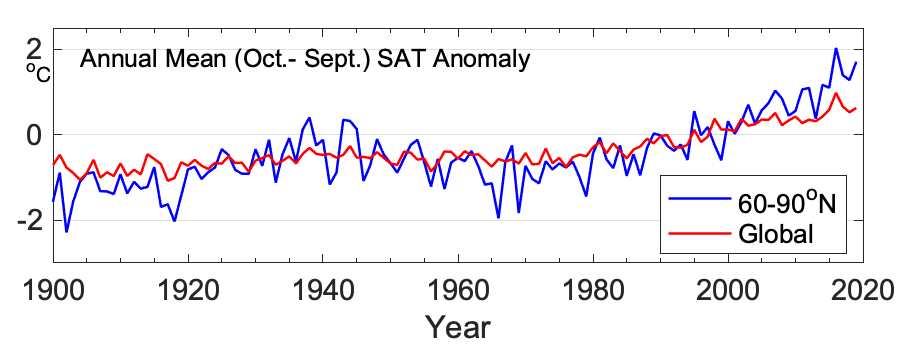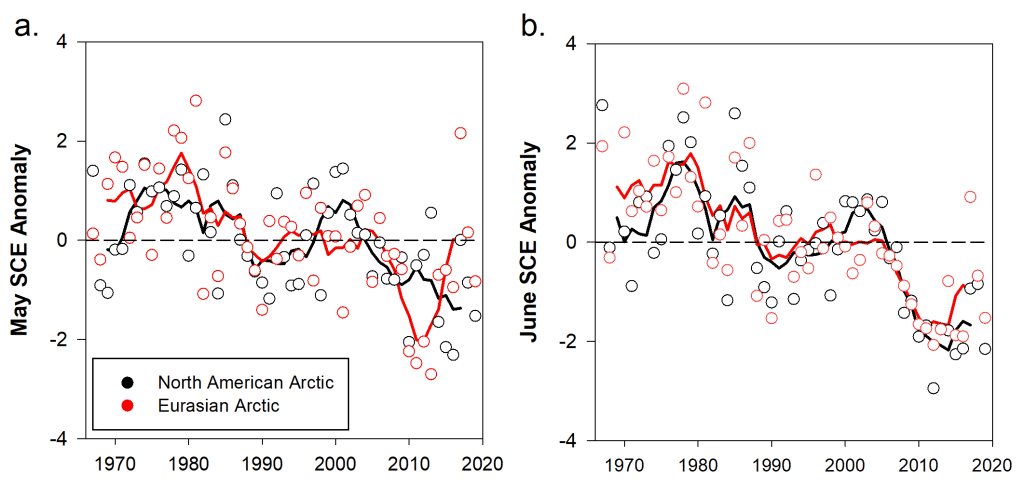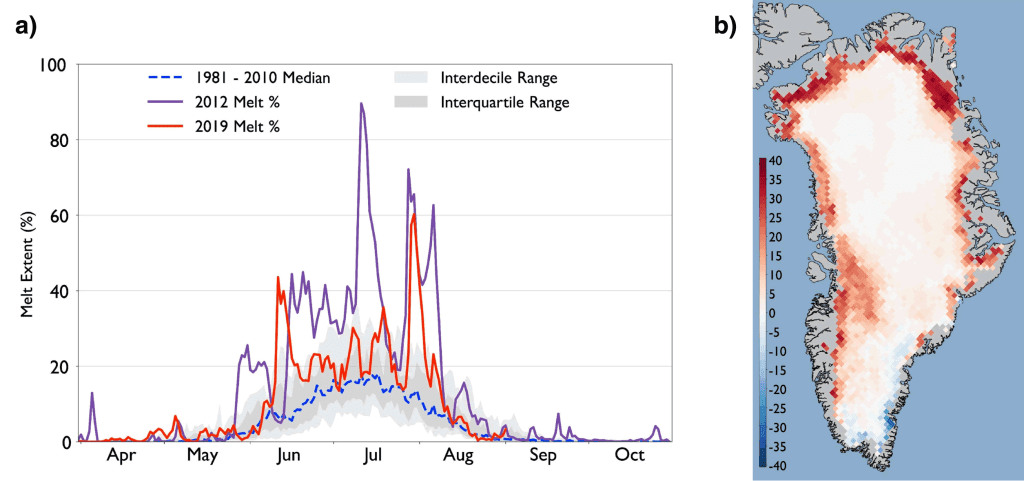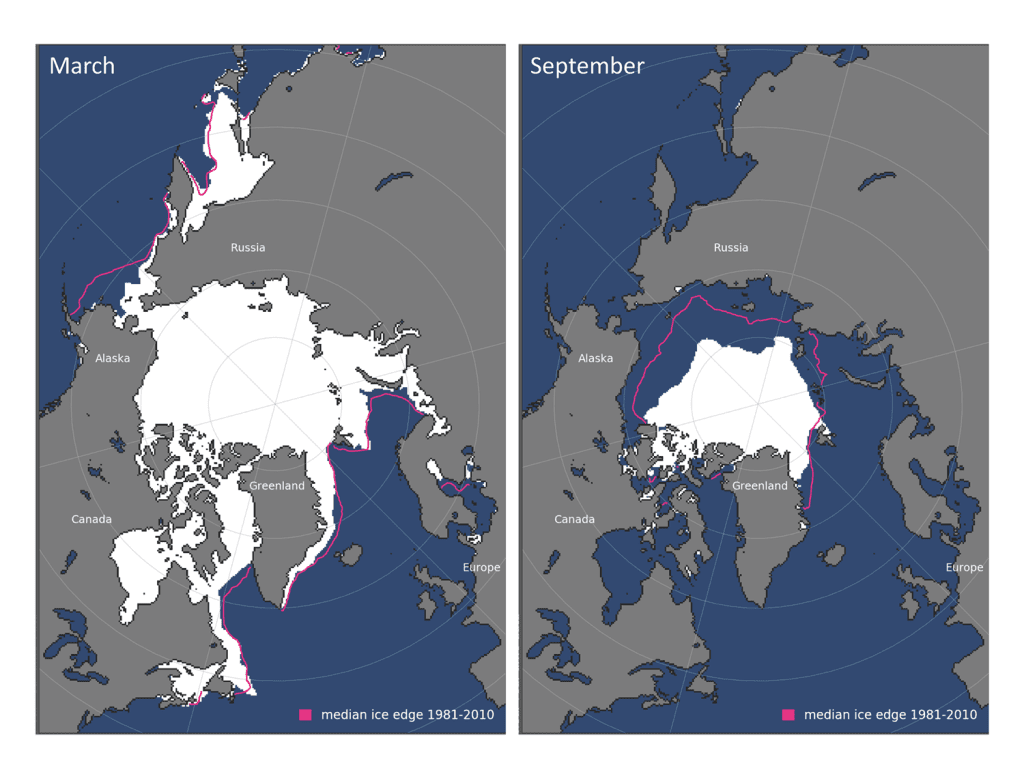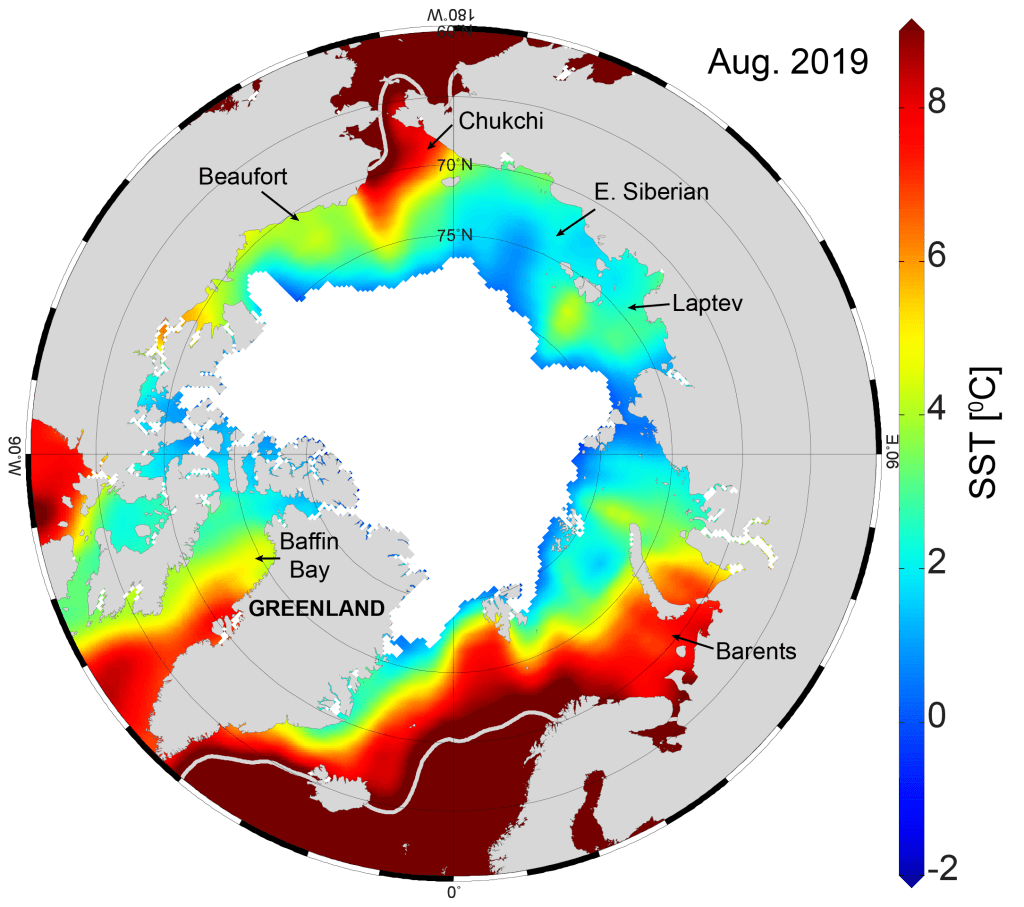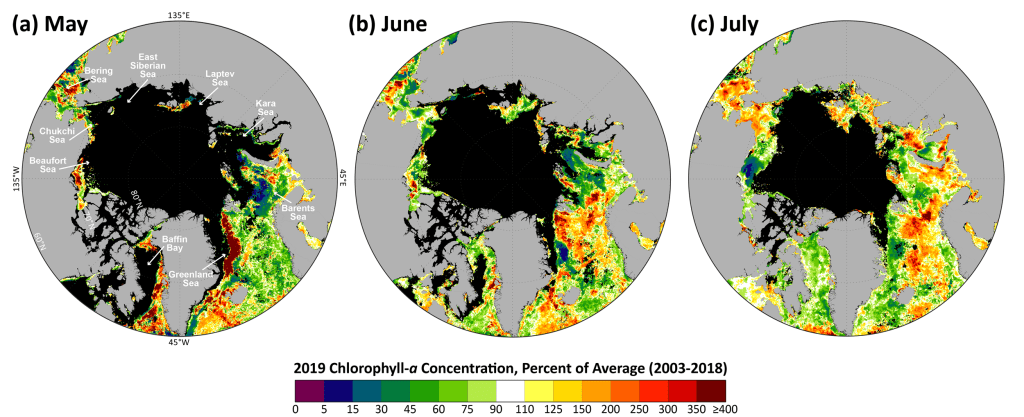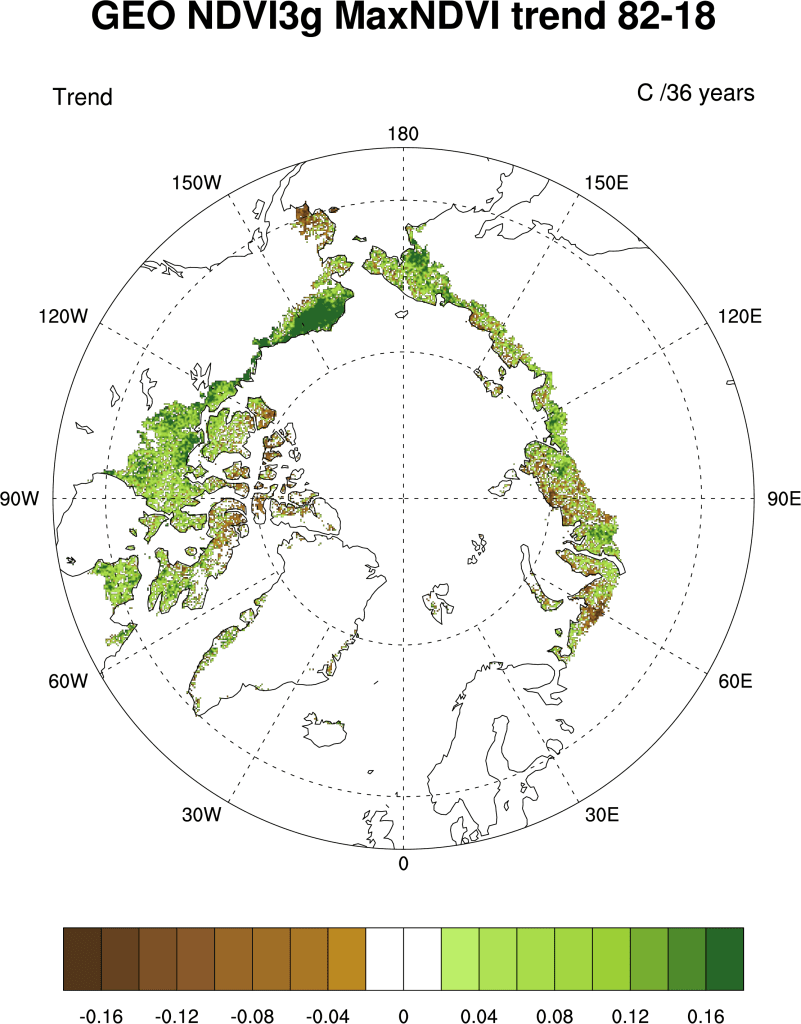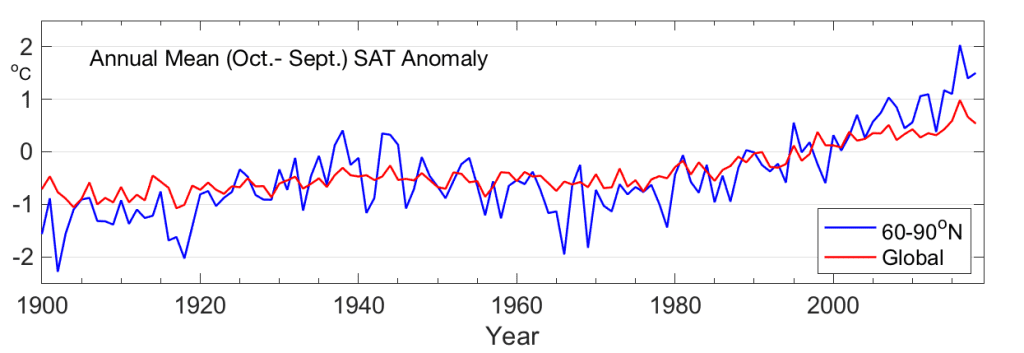Surface Air Temperature
Arctic surface air temperature is an indicator of both regional and global climate change. Although there are year-to-year and regional differences in air temperatures, driven by natural variability, the magnitude, persistence, and Arctic-wide patterns of recent temperature increases are indicators of global climate change from increasing concentrations of atmospheric greenhouse gases. Warming atmospheric temperatures also act as a driver of Arctic changes in the ocean and on land.
Surface Air Temperature Read More »
